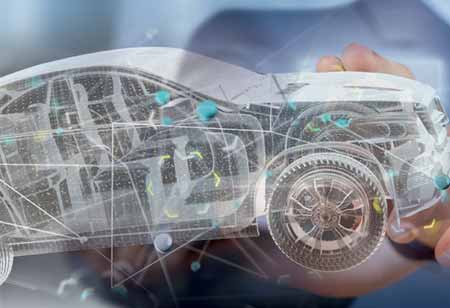Thank you for Subscribing to Auto Business Outlook Weekly Brief
How Next-Generation Dealership Management Systems Benefit The Auto Industry

By
Auto Business Outlook | Friday, May 16, 2025
Stay ahead of the industry with exclusive feature stories on the top companies, expert insights and the latest news delivered straight to your inbox. Subscribe today.

Advancement in technology backed by changes in government rules and policies and ever-changing consumer behavior have paved the way for multiple and skilled ways of connecting with customers and delivering the necessary products/services. This has generated several layers of difficulties in the manufacturing, consumer goods, and car supply chain ecosystems both globally and locally. As a result of these rising challenges, dedicated Next-Generation Dealer Management Systems (Next-Gen DMS) are now needed. Some recent industry use-cases that highlight the need for a Next-Gen DMS are mentioned below.
Extending Network
Since a few years, a leading paint manufacturing corporation has been using a DMS for their distributors across several countries. This DMS was created for their distributors, but they now want to expand it to the supply chain’s leaf nodes, such as dealers and retailers. Since the current licenses are for different modules, the manufacturer would need to obtain a new type and collection of licenses. In doing so, the producer anticipates a high cost of permits, which becomes a significant bottleneck.
Functional and Technical Scalability
A major passenger car manufacturer is now using a DMS that has been in operation for a few years. Several changes/ improvements are needed to meet business needs. Making a minor change in this DMS is difficult (and expensive) due to legacy technologies and end-of-life hardware.
Accessibility
A DMS hosted on the premises of a major tractor manufacturer is in use. During the festive seasons or month/year-end, there is a heavy rush, and dealers face performance issues on-premise setup accessible over WAN (Wide Area Network).
Capital Investment
Most automakers are still using a ten-year-old DMS and spending a lot of money on recurring licenses. The DMS and system software must be upgraded due to issues with usability, efficiency, and customer experience. Upgrading the solution necessitates a significant financial investment in terms of licensing and infrastructure. Still, it does not have the same level of user interface or scalability as current cloud-native applications.






